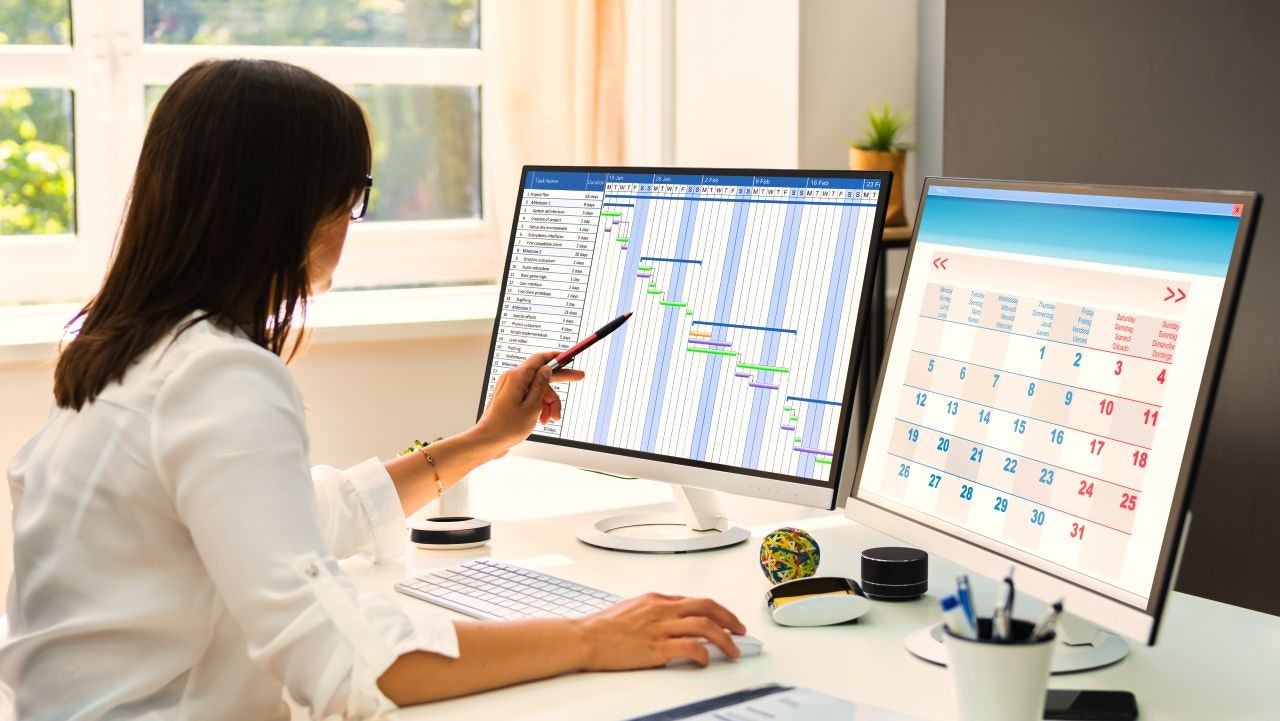
Your company is translating content, but do you need your own Translation Management System (TMS)? TMSs have grown in complexity and there is now a huge array of options available. It’s not always obvious what a TMS can (or should) do… or even what it is!
When you enter the world of global business, the amount of translation technology you need to learn about can quickly become overwhelming. Terms like translation memory, computer-assisted translation, and machine translation are used all the time… or you might hear them being called TM, CAT, and MT.
One category of software you will come across is translation management systems. Companies often assume that they need a translation management system if they are going to translate their content.
But, is this true?
What is a translation management system?
A translation management system is a project management software that improves the efficiency of managing high-volume translations. It automates many steps of the translation process that would otherwise be labor-intensive and provides a central hub for translators and other parties to interact with translation projects.
How to choose a TMS
With so many different translation management systems available, and so many features to consider, we've created a resource to help. Our eBook 5 Essential Questions to ask when purchasing a TMS will help guide you through this important business decision.

Does your company need its own TMS?
Purchasing a TMS is a big (and costly) decision.
A number of our clients have been disappointed with their own TMS. In some cases it didn't deliver on ROI, or it required too much maintenance. In another case it was unable to keep pace with the company's evolving needs. Learn more in this cautionary tale of the importance of TMS longevity and scalability.
The alternative is using your translation provider's TMS.
A huge benefit of working with a good translation provider is that they can take over the most labor-intensive and complex parts of the project management for you, leaving you and your colleagues to do what you do best.
If you want to get the most from your relationship with your provider, using their own optimized TMS can reap greater benefits (at a lower cost and effort) than buying your own.
But will using a provider’s TMS save me money?
It’s worth clearing up a common confusion here. Translation management systems are often sold to companies like yours with the promise that you can save a lot of money. But they come at a significant cost.
This promise is also built on the assumption that your translation provider isn't (or won't) pass on TMS savings at their end to you. In this competitive world that is rarely the case. A good translation provider will always pass the savings of a TMS directly onto you.